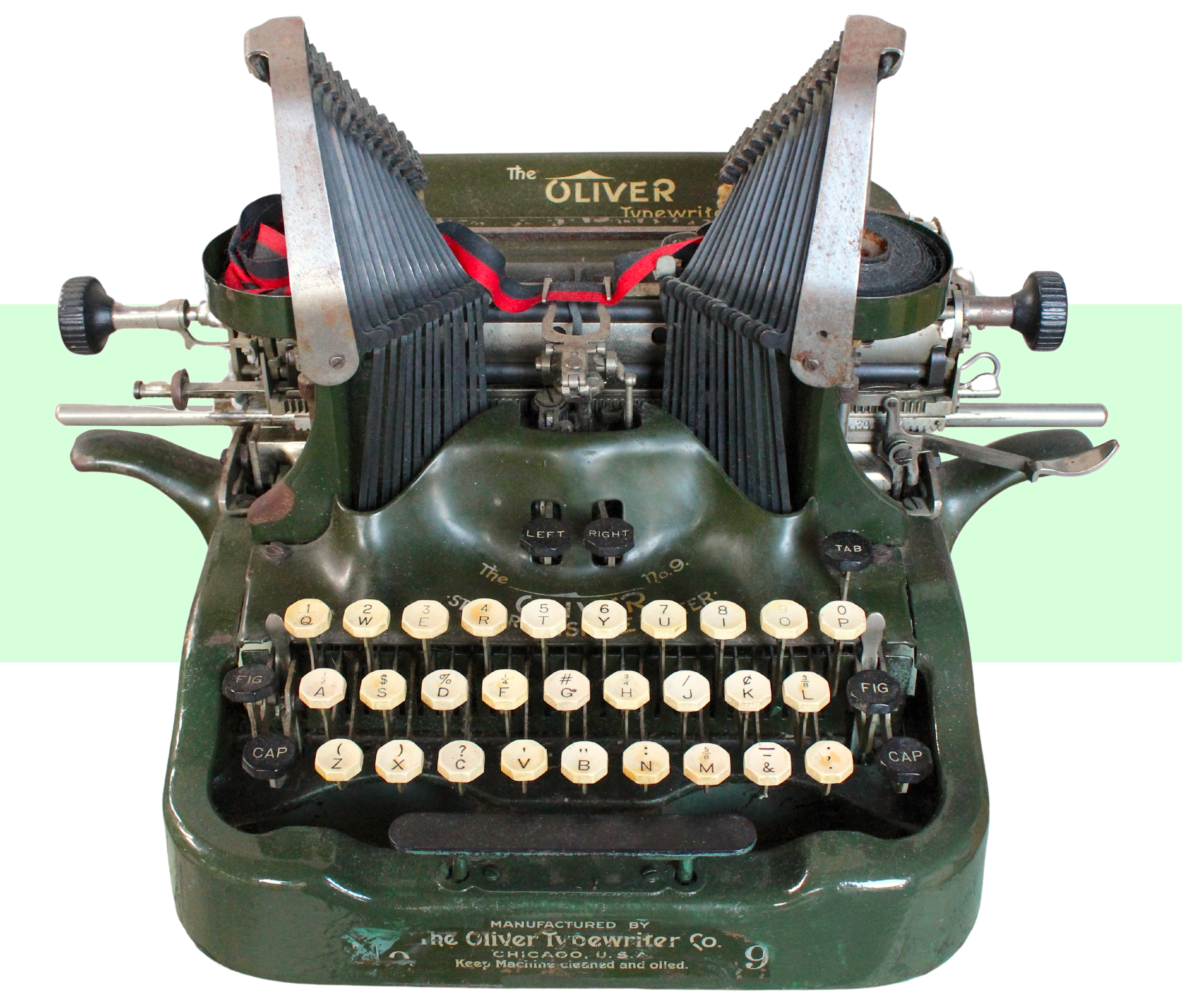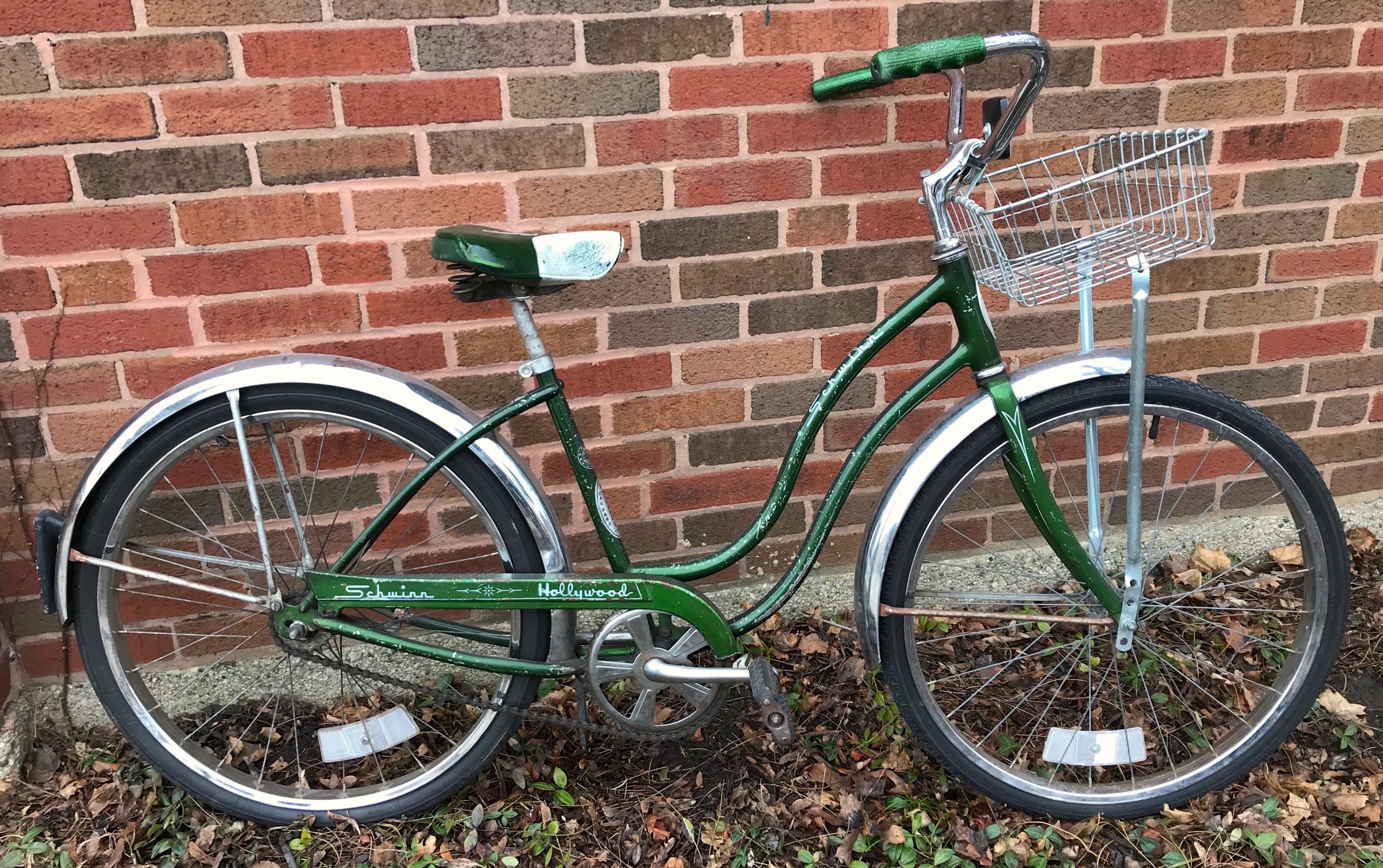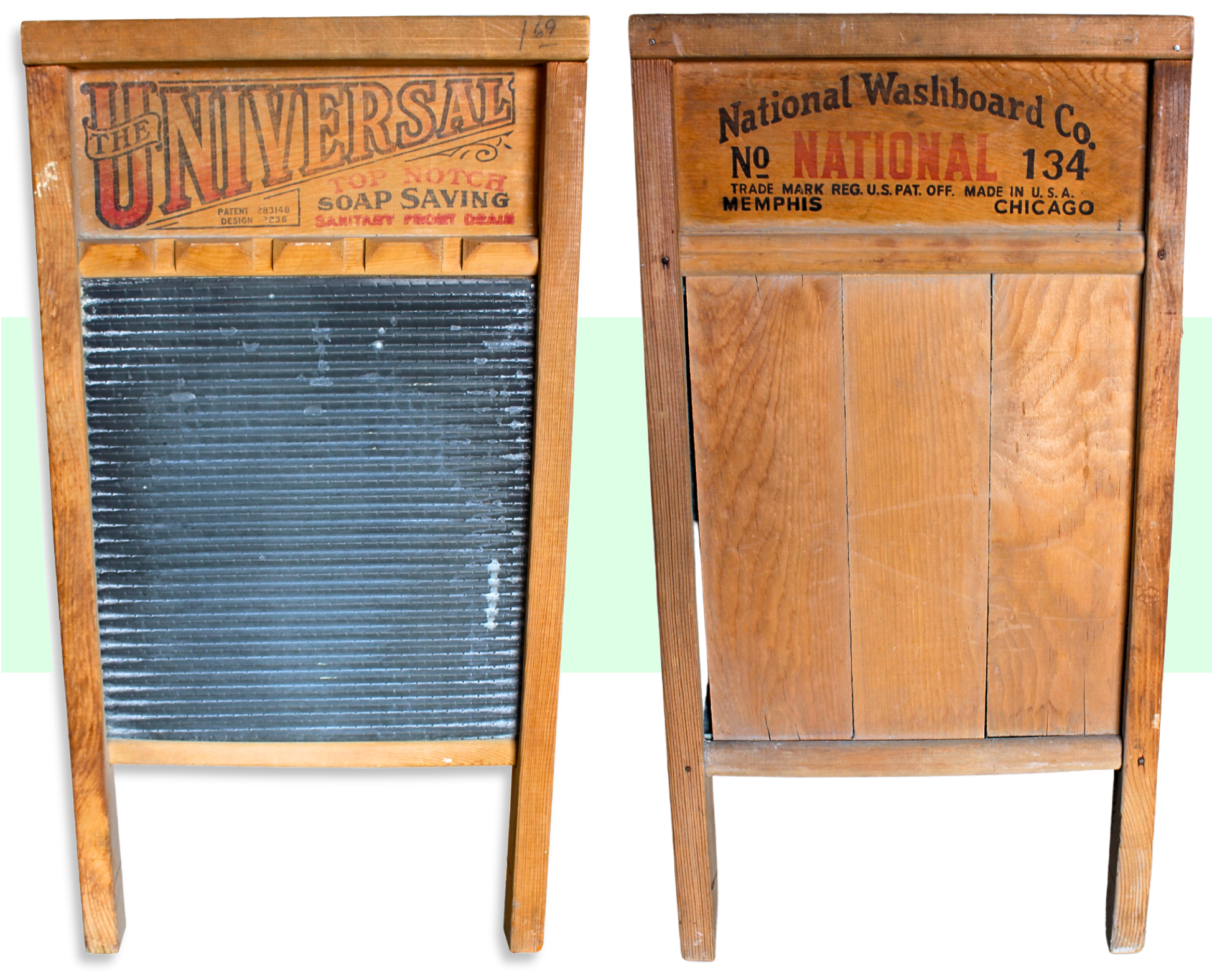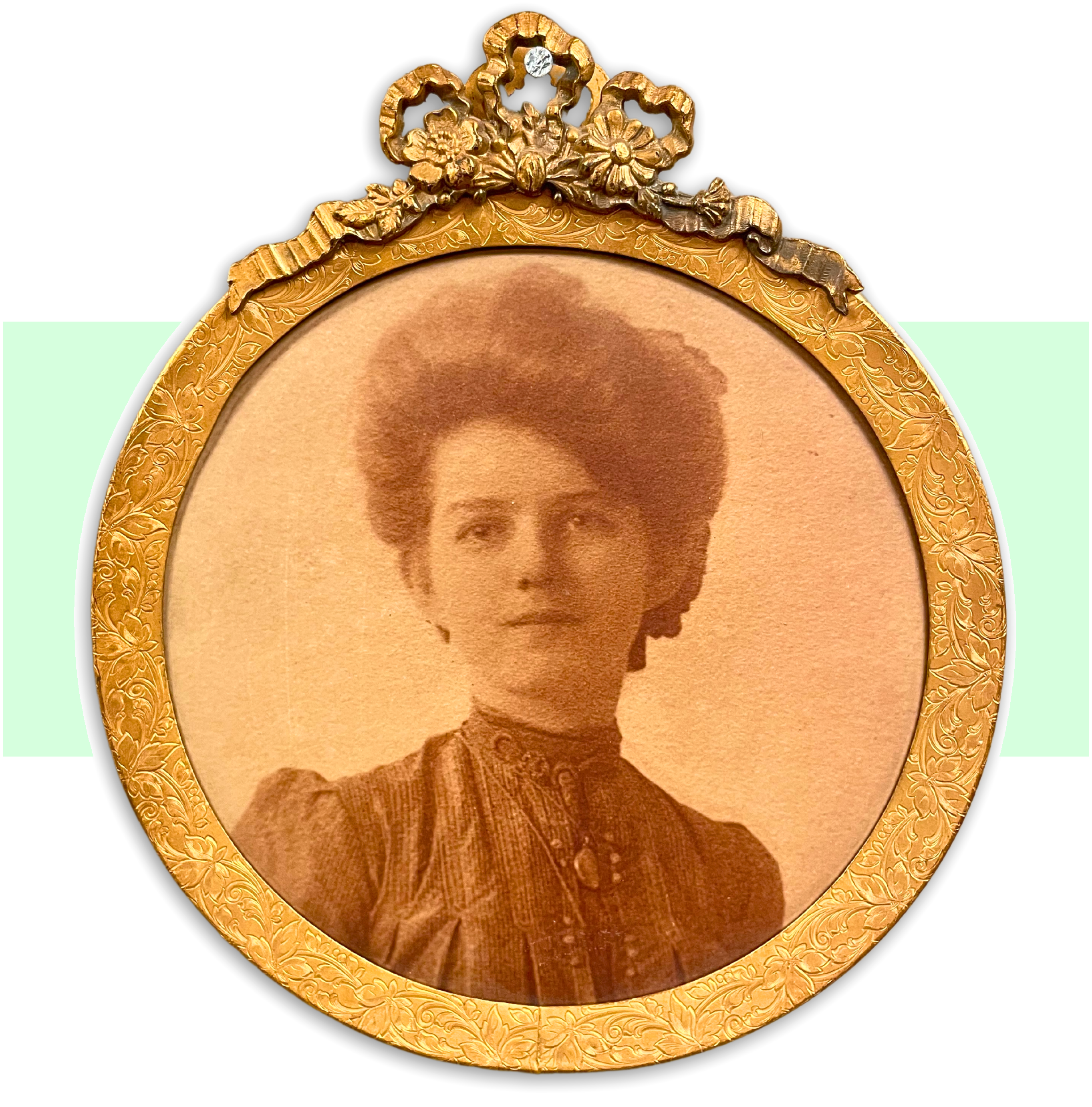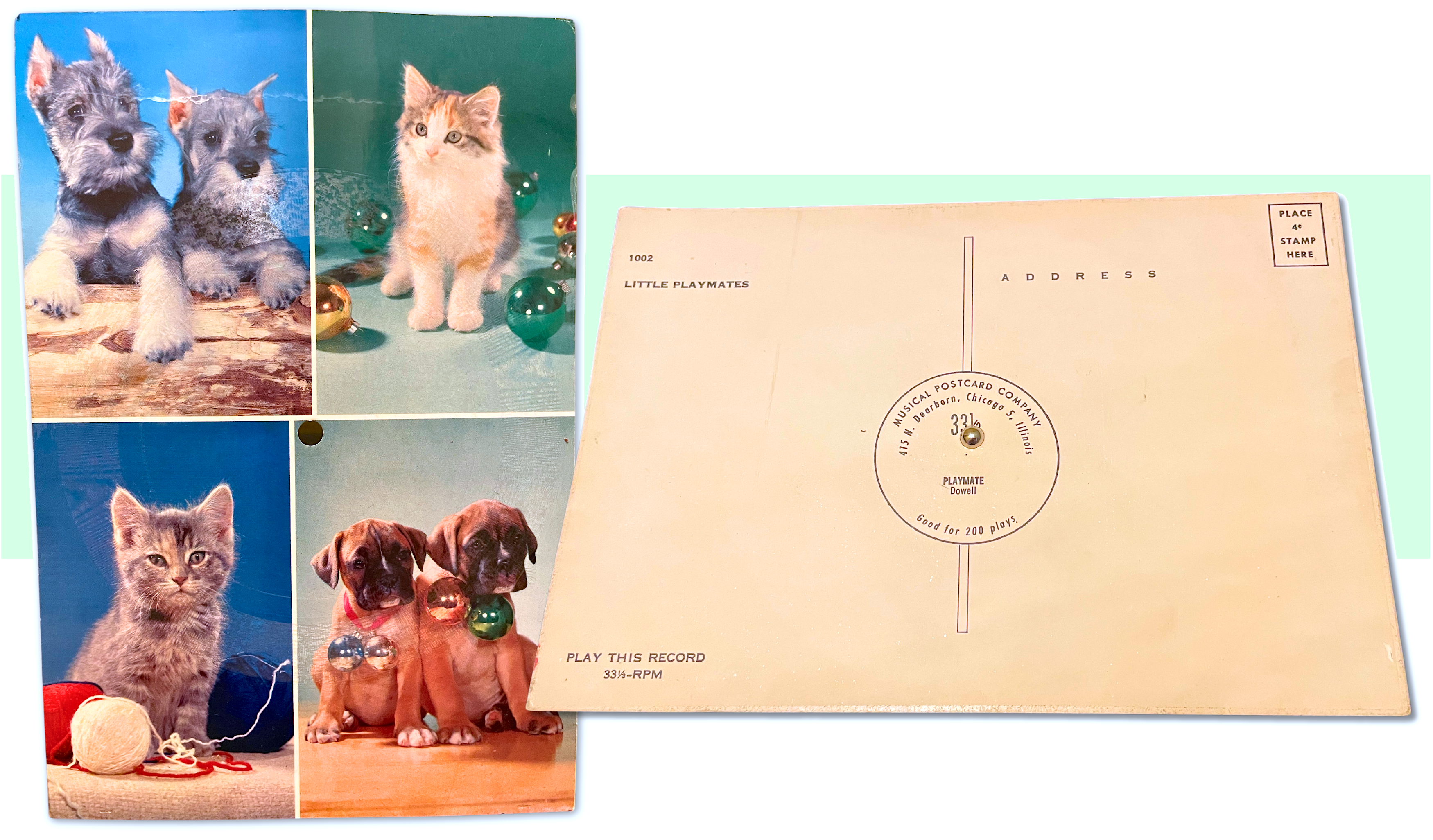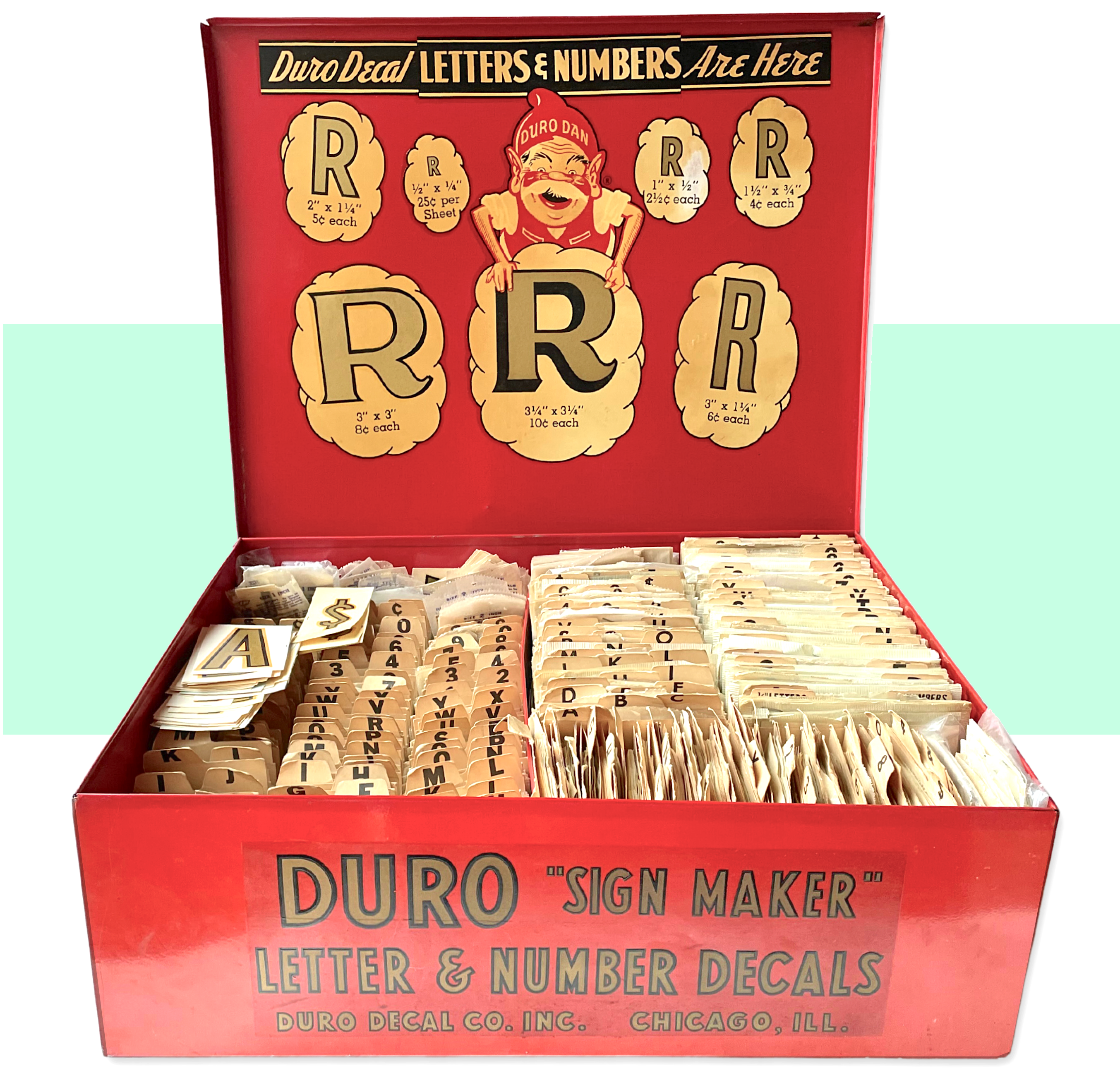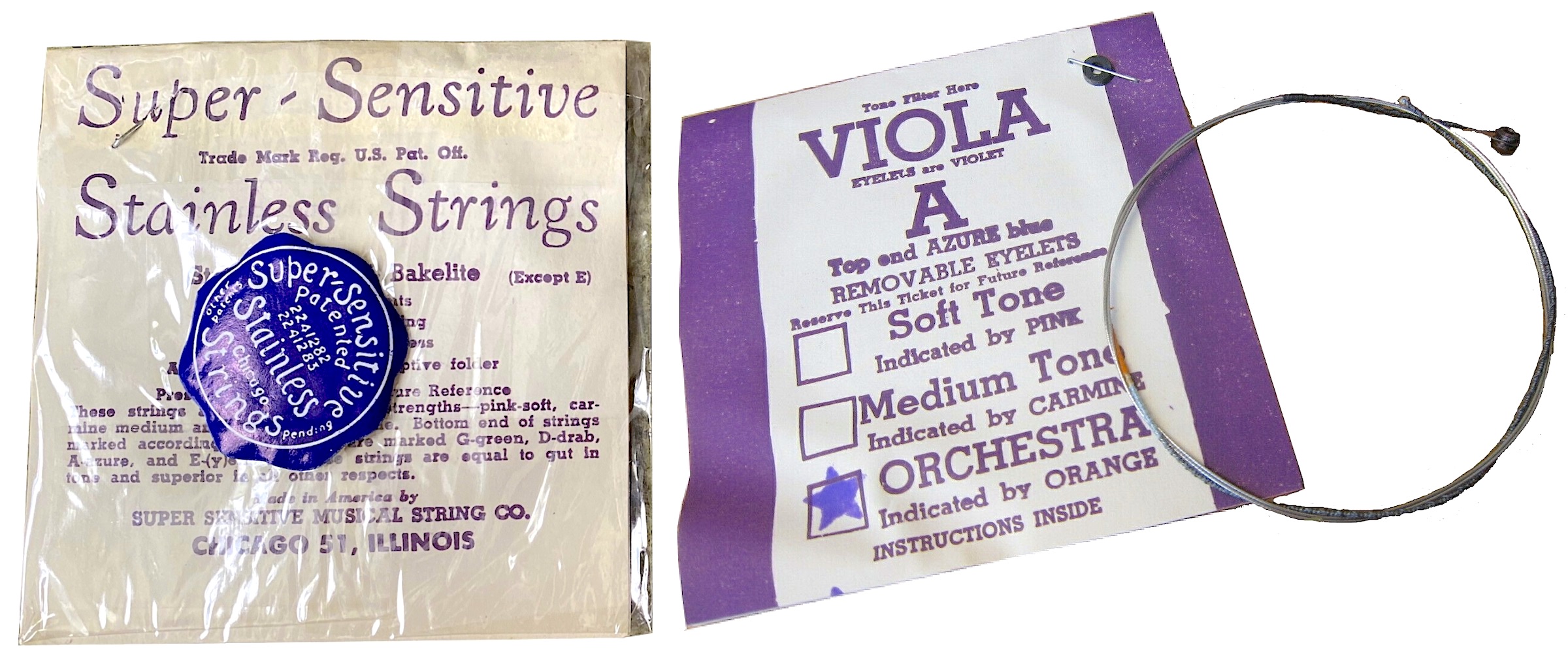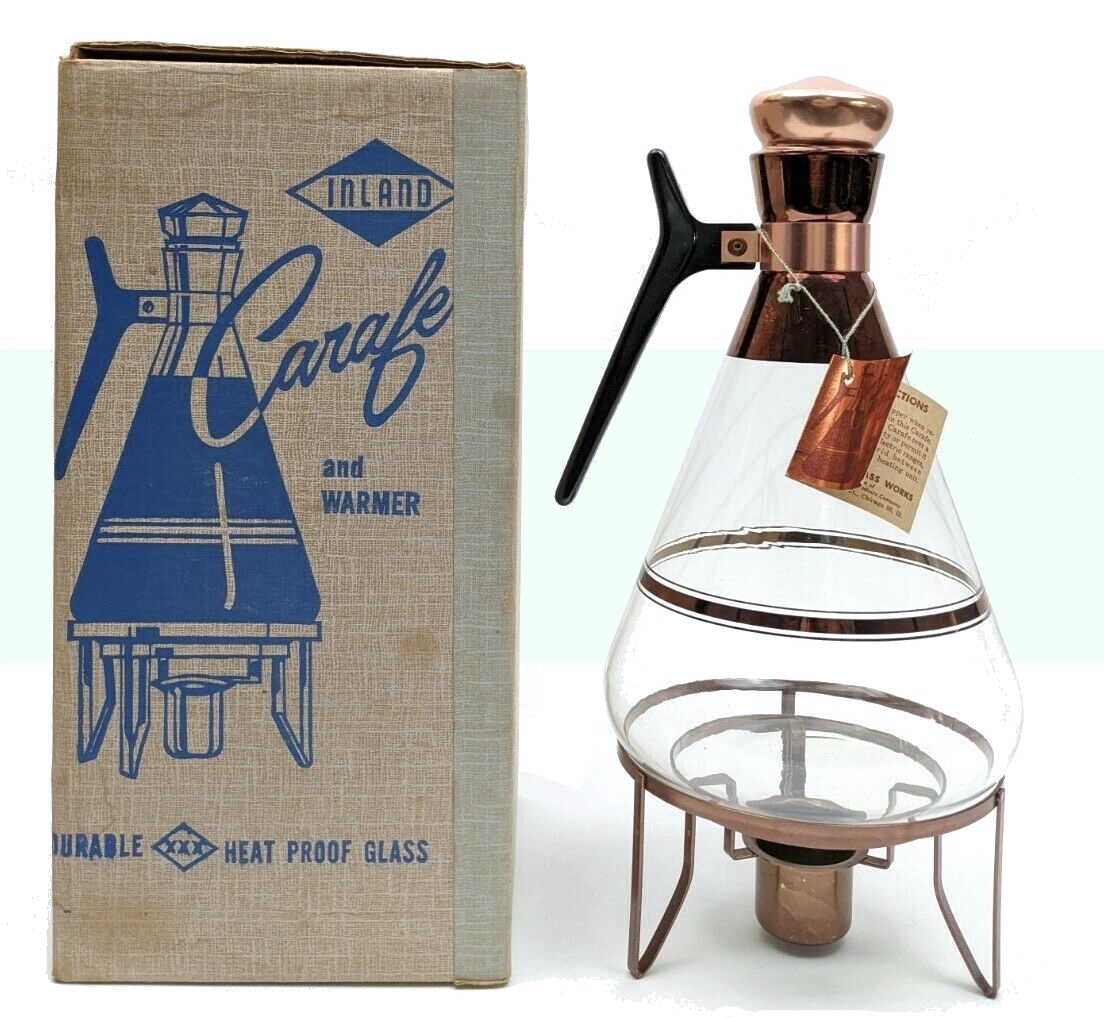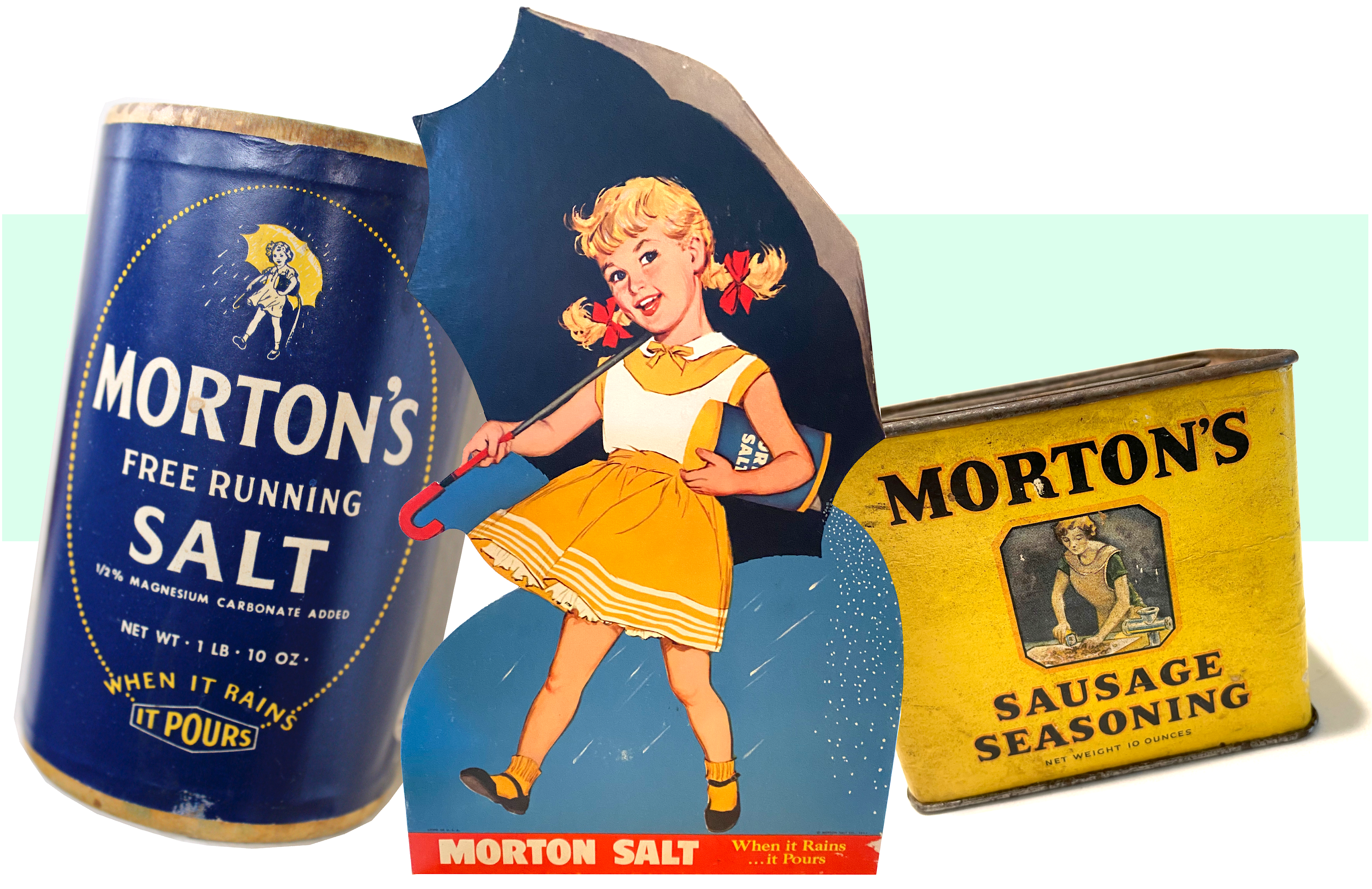Museum Artifact: Replogle 12″ Relief Globe, 1964
Made By: Replogle Globes, Inc., 1901 N. Narragansett Avenue, Chicago, IL
“As I followed that globe from beginning to end of the manufacturing process, I was struck by something cosmic in the very setting. Overhead, conveyers whirled finished spheres in stately orbits. Below them, ranks of plastic bases glittered like stars. I stood amid a galaxy in miniature.”





